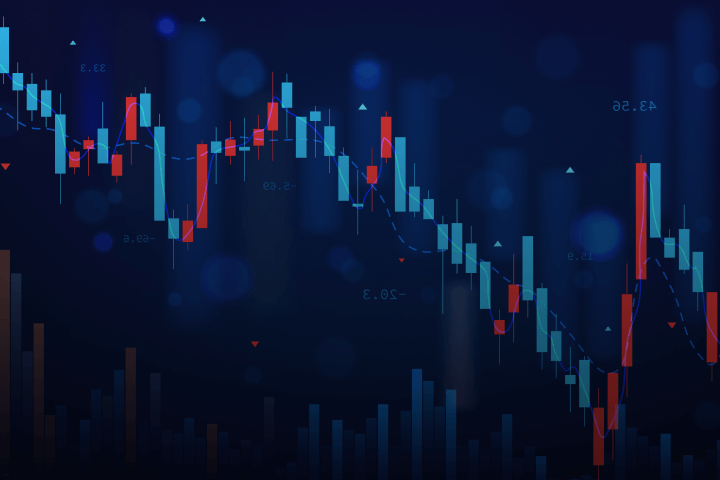Global forex markets are experiencing a surge in trading volumes as escalating U.S. tariff policies trigger higher levels of volatility and investor repositioning. According to the Bank for International Settlements (BIS) Triennial FX Survey, daily turnover in the over-the-counter (OTC) foreign exchange market climbed to an estimated $9.6 trillion in April 2025, a sharp rise from $7.5 trillion reported in the same month three years earlier. This marks an increase of approximately 28%, underscoring the scale of volatility shaking global currency markets.
Tariffs Fueling Volatility
The sharp growth in forex trading is closely tied to heightened uncertainty surrounding U.S. trade policy. The introduction of new tariffs on imports from major trading partners — particularly China and parts of Europe — has accelerated currency fluctuations. Traders and institutions have sought to hedge against these risks or capitalize on arbitrage opportunities, pushing market activity to record highs.
Dollar Dominance Remains Strong
Despite geopolitical uncertainty, the U.S. dollar continues to dominate global forex trading, remaining on one side of almost 90% of all transactions. Analysts note that the greenback’s role as the world’s reserve currency has been reinforced by investors seeking stability amid policy turbulence, even as its value has experienced sharp swings against other major currencies.
Rise in Emerging Market Currencies
Interestingly, the BIS report highlights increased participation in emerging market currencies such as the Chinese yuan, Indian rupee, and Brazilian real. These currencies have seen greater trading volumes as both corporates and investors adapt to shifting global supply chains and seek diversification beyond the traditional G10 basket.
Institutional Players and Hedge Funds Step In
Institutional investors, including hedge funds and pension funds, have been among the largest contributors to the surge in activity. Many have deployed sophisticated trading strategies to navigate volatile markets, relying heavily on derivatives, swaps, and algorithmic trading platforms.
Outlook for 2026
Looking ahead, analysts predict that forex volumes will remain elevated as long as trade disputes and geopolitical tensions persist. Moreover, the expected cycle of central bank rate adjustments in 2026 — particularly from the Federal Reserve and European Central Bank — could introduce another wave of volatility, keeping the FX market highly active.
In summary: The latest BIS survey highlights how macroeconomic policies, particularly tariffs, can reshape market dynamics almost overnight. With forex turnover reaching record highs, the sector is cementing its role as one of the most liquid and strategically vital markets in the global financial system.
